
Key Takeaways
- Homeowners’ insurance typically covers roof leaks caused by specific perils such as storms but excludes damages from neglect and poor maintenance.
- Prompt reporting of roof leaks to your insurance provider is crucial for a successful claim, as delays can lead to denials based on policy timelines.
- Regular roof maintenance and inspections are essential to prevent leaks and ensure comprehensive coverage under homeowners insurance.
When Does Homeowners Insurance Cover Roof Leaks?
Homeowners insurance can be a lifesaver when dealing with a roof leak, but you must understand the conditions under which your policy will cover those leaks. Generally, homeowners insurance covers roof leaks that result from specific, covered perils such as storms, accidental damage, or sudden events. This means if a heavy storm tears off shingles or a tree branch crashes through your roof, you’re likely covered.
However, the coverage isn’t universal. The specifics of your policy and the cause of the leak play significant roles in determining whether you’ll receive compensation for repairs. We’ll break down the common covered perils, exclusions, and the importance of prompt reporting to ensure you’re fully prepared.
Covered Perils Leading to Roof Leaks
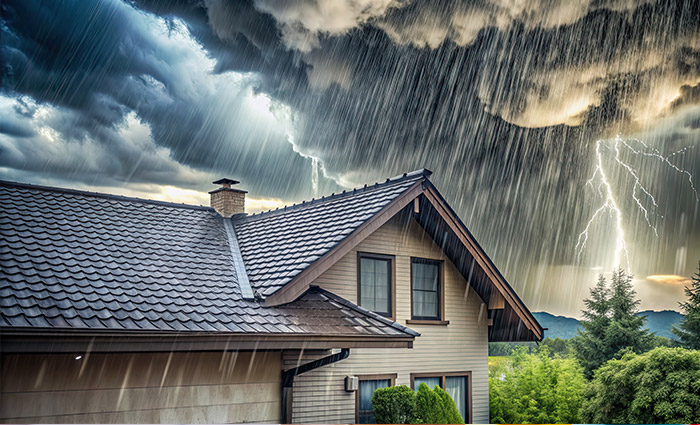
Homeowners insurance typically covers certain perils, meaning if your roof leak results from these events, your policy will likely pay for repairs. Common examples include hail, wind, and lightning strikes. These natural forces can cause significant roof damage, resulting in leaks that your insurance policy is designed to cover.
If your roof leak is due to one of these events, you can confidently file a claim knowing that your insurance will likely help with the repair or replacement costs. This coverage prevents you from bearing the full financial burden of unexpected roof leaks caused by roof damage.
Exclusions for Roof Leak Coverage
While homeowners insurance covers many types of roof leaks, it also has specific exclusions. For instance, leaks caused by neglect or poor maintenance are typically not covered. This means if you’ve ignored necessary repairs or failed to keep up with regular maintenance, your insurance company may deny your claim.
Improper installation or poor workmanship can also lead to denied claims. If your roof was not installed correctly and develops a slow leak over time, don’t expect your insurance policy to cover the repair costs. Additionally, older roofs that have naturally worn down over the years may not be covered, as these are considered normal wear and tear.
Lastly, certain perils like earthquakes and floods are usually not covered under standard homeowners insurance policies. You may need separate policies to cover these risks. Knowing these exclusions can help you avoid unpleasant surprises when filing a claim.
Importance of Prompt Reporting
When you discover a roof leak, time is of the essence. Reporting the issue to your insurance provider promptly ensures your claim is processed smoothly. Delays in filing a claim can lead to denial based on your policy’s timeline requirements.
Delaying the report of roof damage can jeopardize your claim, potentially leaving you with costly repairs. Immediate action helps ensure your roof leak falls within the scope of your insurance coverage, facilitating a quicker resolution.
How Homeowners Insurance Handles Water Damage From Roof Leaks
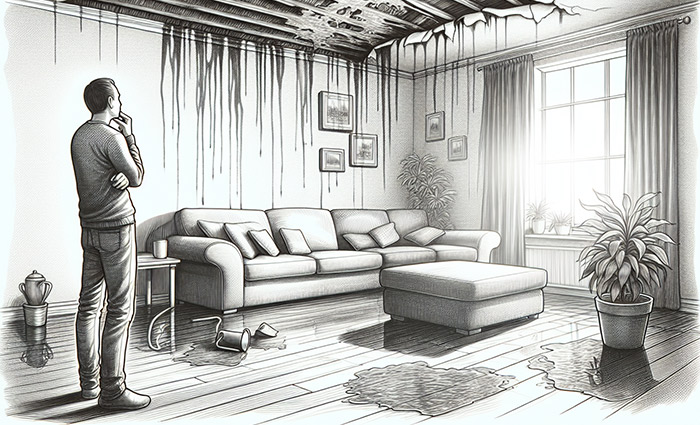
Water damage from roof leaks can be extensive, affecting not just the roof but also the interior of your home. Homeowners insurance can cover this water damage, provided the initial cause of the leak is a covered peril. Knowing how your insurance policy handles such damage helps you manage and mitigate the impact effectively.
Your homeowner’s insurance policy’s specific terms and conditions will outline the coverage for water damage stemming from roof leaks. We’ll delve into immediate actions to minimize damage and the necessary documentation to support your homeowner’s insurance claim.
Immediate Actions to Minimize Damage
The moment you discover a roof leak, taking immediate action can significantly minimize further damage. First, move any personal property out of the way to prevent water from causing additional harm. Use buckets to catch the leaking water and prevent it from spreading.
Then, contact your insurance company immediately to assess repair costs and determine coverage. Filing a claim promptly initiates the process, allowing the insurance company to handle it more efficiently. Quick action avoids complications and ensures you receive the coverage you need.
Documentation for Insurance Claims
Documenting the damage caused by a roof leak is vital for a successful insurance claim. Take photos or videos of the leak and the resulting damage, including specific interior problems like water stains. If you can locate the source of the leak, capture images of that as well.
Keep records of all damage and any temporary repairs you’ve made, such as receipts for materials used to mitigate further damage. Thorough documentation strengthens your claim, providing clear evidence for the insurance company to assess actual cash.
Filing a Claim for a Roof Leak
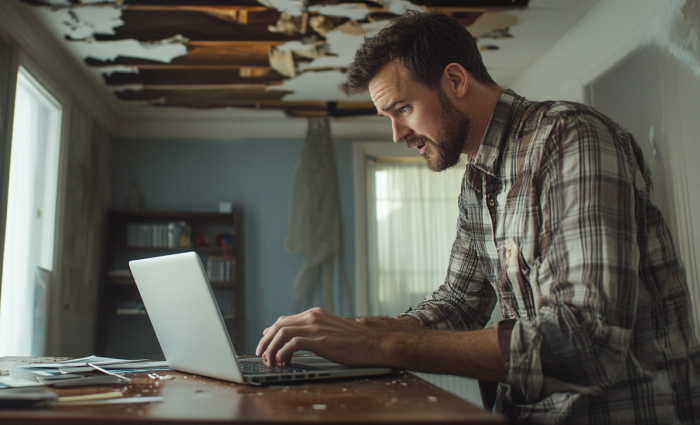
Filing a claim for a roof leak involves several steps and can be lengthy due to the various parties involved. Begin by filing the claim with your insurer, either online, through a customer portal, or by phone. Prepare to provide detailed documentation of the roof leak and any resulting damage.
The insurance adjuster will evaluate the damage and has the authority to approve or deny your claim. Cooperate fully and provide all necessary information to facilitate a smooth claims process.
Steps to File a Claim
First, contact your insurance company to report the incident. You’ll need to provide documentation of the roof leak, including photos and videos. Be ready to answer questions from the insurance agent about the cause of the leak and any steps you’ve taken to mitigate the damage.
Getting quotes from roofers can help determine if the repair costs justify filing a claim. Keep in mind that filing a claim might increase your insurance premiums, so weigh the potential benefits against the possible long-term costs.
Working with Your Insurance Agent
Effective communication with your insurance agent is vital during the claims process. Providing all necessary documentation and keeping detailed records of communications can expedite your claim. Open communication covers all details, reducing the risk of delays or denials.
Detailed records of your interactions with the insurance company can also protect you if disputes arise. Even denied claims are recorded and can impact future insurance premiums, so manage the process carefully.
Avoiding Common Pitfalls
Avoid filing claims for roof damage caused by poor maintenance, as insurance companies often deny these. Maintain your roof properly to avoid coverage issues.
Be cautious of roofing contractors offering low rates or free roof replacement; they may not provide quality work. Verify contractor credentials and approach repairs cautiously to avoid potential pitfalls and ensure a successful claims process.
Should You File a Claim for Minor Roof Damage?
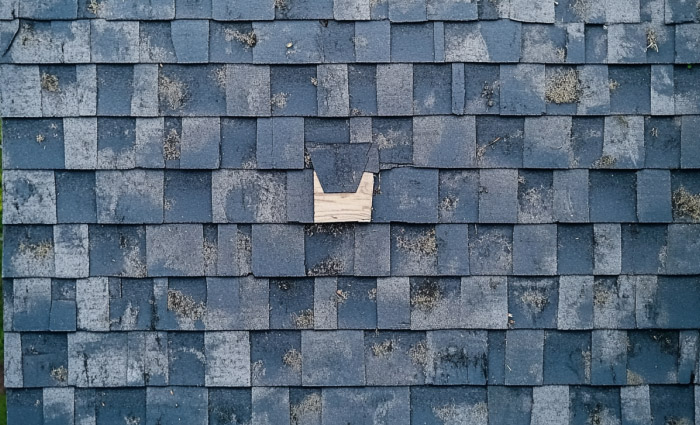
Weigh the decision to file a claim for minor roof damage carefully. Consider whether the repair costs exceed your insurance deductible and the potential impact on your insurance premiums. Filing multiple claims can lead to increased premiums, which might offset the benefits of claiming for minor damage.
We’ll explore how to evaluate repair costs versus your deductible and the potential impact on your insurance premiums.
Evaluating Repair Costs vs. Deductible
Determine whether the repair costs for minor roof damage exceed your insurance deductible. Typical deductibles range from $500 to $2,000. If the repair costs are only slightly above the deductible, consider paying out of pocket to avoid a claim.
Consider the age and condition of your roof, as normal wear and tear may not be covered by insurance. Filing a claim is sensible when repair costs significantly exceed the deductible and are due to a covered weather event.
Impact on Insurance Premiums
Multiple claims can increase your insurance premiums and affect your risk profile. Most insurance companies may view you as high-risk if you submit multiple claims in a short period, potentially leading to policy non-renewal.
Even minor claims can trigger a premium increase, impacting you financially in the long term. Think about the long-term effects on your insurance coverage and policy options before filing a claim for minor damage.
Preventing Roof Leaks
Preventing roof leaks is crucial to avoid costly repairs and insurance claims. Regular maintenance and inspections help identify potential issues before they become major problems. Selecting a reputable contractor for repairs can also prevent roof leaks.
We’ll discuss the importance of regular roof inspections and provide maintenance tips to keep your roof in top condition.
Regular Roof Inspections
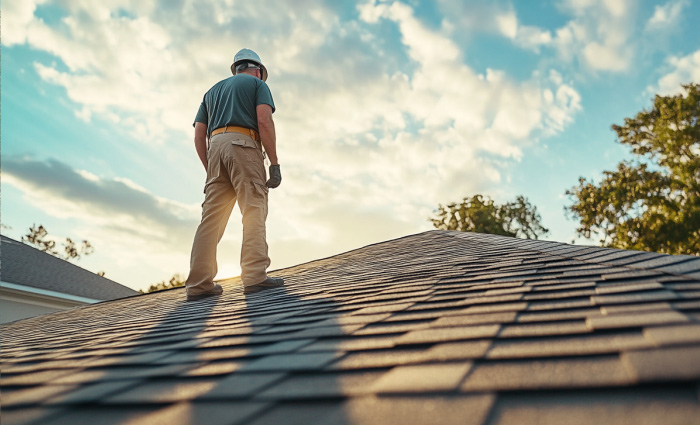
Regular roof inspections catch potential issues early and prevent larger, more costly repairs. Have your roof inspected regularly by a professional to maintain its integrity.
Professional inspections can identify leaks in hard-to-see areas, ensuring all potential problems are addressed promptly.
Maintenance Tips to Avoid Leaks
Maintaining your roof is crucial to preventing leaks. Clean gutters and downspouts regularly to prevent water backup. Promptly replacing damaged or missing shingles helps maintain a leak-free roof.
Proper attic ventilation reduces the risk of ice dams and heat damage, both of which can cause leaks. Trimming back tree branches can lower the risk of shingle damage during storms.
Choosing the Right Roofing Contractor
Choosing the right roofing contractor is vital for effective roof repairs and maintenance. Verifying a contractor’s credentials ensures they are licensed and insured, protecting you against potential liabilities. Understanding contractor warranties adds security to your investment.
We’ll cover how to verify contractor credentials and the importance of understanding contractor warranties.
Verifying Contractor Credentials
Verifying a contractor’s credentials involves checking their license status with local authorities and ensuring they have liability insurance. Reputable contractors should willingly provide proof of their qualifications and references from past clients.
These steps ensure you hire a reputable contractor who can deliver quality work and protect your investment.
Understanding Contractor Warranties
Contractor warranties are crucial for homeowners to understand. These warranties can cover post-installation issues, offering protection beyond what your homeowner’s insurance might provide. A reputable contractor will offer a warranty covering both workmanship and the materials used in the roofing project.
A warranty from a qualified contractor can address problems not covered by your homeowner’s insurance, giving you added peace of mind and security for your roofing investment.
Home Insurance Roof Leak Summary
In conclusion, understanding your homeowner’s insurance coverage for roof leaks can save you significant stress and expense. Homeowners insurance typically covers roof leaks caused by specific perils such as storms and accidental damage but excludes issues arising from neglect, poor maintenance, or a poor installation. Prompt reporting and thorough documentation are key to a successful claims process.
Regular roof inspections and maintenance can prevent leaks, and choosing the right contractor ensures quality repairs. By taking these proactive steps, you can protect your home and manage your insurance effectively. Stay informed and prepared to handle any roofing issues that come your way.
Home Insurance Roof Leak Frequently Asked Questions
What types of roof leaks are typically covered by homeowners insurance?
Homeowners insurance typically covers leaks from your roof that are caused by covered perils like storms, hail, wind, and lightning. However, leaks resulting from neglect or poor maintenance are usually excluded.
How soon should I report a roof leak to my insurance company?
You should report a roof leak to your insurance company as soon as possible to ensure quick processing of your claim and to minimize the risk of denial due to delays. Timely communication is key.
What should I document when filing a claim for a roof leak?
You should document the damage with clear photos or videos, noting specific issues like water stains, and maintain receipts for repairs and records of all communications with your insurance company. This thorough documentation will strengthen your claim.
Should I file a claim for minor roof damage?
It’s advisable to file a claim for minor roof damage only if the repair costs exceed your deductible, as multiple claims can lead to higher premiums. Carefully evaluate the long-term financial implications before proceeding.
How can I prevent roof leaks in the future?
To prevent roof leaks in the future, conduct regular inspections, clean gutters, replace damaged shingles, ensure proper attic ventilation, and trim back overhanging tree branches. Hiring a reputable contractor for necessary repairs will also contribute to maintaining a leak-free roof.
(352) 293-2449
For the original version of this article visit: https://roofersthevillagesfl.com/home-insurance-roof-leak-coverage-explained/
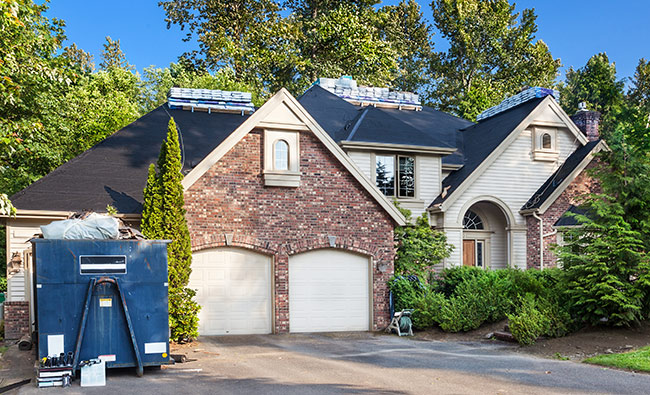
No comments:
Post a Comment
Note: Only a member of this blog may post a comment.